We’ll have a light posting schedule through the holidays. A guest food post from Shilpi Mehta, on Bengali Fish Curry, is up next, as we go to the experts to learn about Indian cuisine. In the meantime, we hope these links will help you enjoy the holiday season!
[1] Music to Read By:
Via Tom Smith. And bonus music – a favorite carol, from the movie “John Harvard”:
[2] Interesting posts this week:
In our book we argue that animal diets are highly informative about the optimal human diet. So we’re happy that Sean at Prague Stepchild is investigating the hedgehog diet.
I’m afraid I disagree with John Durant.
Dennis Mangan comments on news that Finnish officials may seize the children of a low-carb family, because they think bacon and eggs breakfasts are insufficiently nourishing.
New books: (1) Melissa Joulwan has written a Paleo cookbook. (2) Ready to move on from solutions? Loren Cordain’s new book has answers.
CarbSane points out that fasting insulin is reduced by carb consumption. Elsewhere CarbSane has an interesting idea: Are the emulsifiers and stabilizers in industrial food distorting our food reward system?
Wired magazine: Fecal transplants work, regulations don’t.
Two people in Lousiana died from infections with the ‘brain-eating amoeba’ Naegleria fowleri as a result of irrigating their sinuses with netti pots. If you do use a netti pot, make sure it thoroughly dries between every use, and use distilled and boiled water or saline solution as the irrigant.
Emily Deans: It’s time to freak out about the effects of BPA. New evidence shows that BPA causes anxiety and depression, and significant amounts do enter the body from canned goods.
Chris Highcock reports that physical activity helps clear toxins from the body.
Barry Groves notes that you’re most likely to survive a stroke if your serum cholesterol is over 192 mg/dl.
Julianne Taylor notes that insulin-sensitive people lose more weight on high-carb diets, but insulin-resistant people lose more weight on low-carb diets.
Stan the Heretic notes that “starch” – really, wheat – is bad news for cancer patients.
Infections cause unattractive body odors.
Kristen Michaelis interviews Cate Shanahan.
How frequently should you work out to maximize muscle gain? Ned Kock has thoughts.
Paul Halliday gives us a “Baltic Bi Bim Bap Breakfast.”
Finally, Beth Mazur has reached a mini milestone:

[3] Cute animals: Via Je Suis JuBa:
[4] How is Cancer Survival Like the Velveteen Rabbit? Love brings life.
Via Craig Newmark, a story of cancer remission:
Doctors told mother-of-two Laura Binder that her cancer had spread from her breast to her liver and that there was nothing that could be done to cure it.
But one person refused to give up: Mrs Binder’s nine-year-old daughter Linzi.
One read: ‘You are like the centre of a rose and you smell just like a beautiful red one. You can fight cancer. You can fight it. I love you!’
And fight it Mrs Binder did. In what one doctor called a ‘miracle’, her body is now completely free of cancer.
It’s one of the validated but still surprising aspects of cancer that desire to live, the experience of loving and being loved, optimism, and good cheer are all associated with cancer survival. It appears that when life is intensely valued and stress levels are low, the immune system acts against low-level threats (which it perceives cancer to be), but not otherwise.
[5] Astronomical Controversy: What was the Star of Bethlehem?
Chris Masterjohn points to a theory of the star of Bethlehem, proposed by astronomer Hollis Johnson of Indiana University: it was a rare coalescing of Jupiter (birth of kings) and Venus (fertility) as they neared Regulus (kings) in the constellation of Leo (the lion, associated with the Biblical “Lion of Judah”) that occurred on June 17, 2 BC.
An alternative theory was put forth in a book some years back by Michael Molnar, then a Rutgers University astronomer. On Molnar’s view, the astrologers of the time would have predicted the birth of a king of Judah from a lunar eclipse of Jupiter on April 17, 6 BC. Molnar believes ancient coinage from Antioch commemorated the event.
[6] Interesting comments this week:
Cherry found that stopping supplementation of toxic plants such as aloe vera stopped some odd pathologies:
Paul, I took your advice “do no harm” and stopped taking my supplements….and the prickly/needle sensations stop!
It does happen again if I ingest non-paleo/sugary foods but it’s disappeared dramatically. Thanks for your help!!!
Marilyn links to some interesting findings that challenge the autoimmune hypothesis of Multiple Sclerosis: inflammation in the grey matter (cortex) begins before autoimmunity in the white matter.
Brendan has made some key progress in sorting out his health problems. I noted in the LDL series that low serum cholesterol is often caused by infections with eukaryotic pathogens – protozoa or worms. In a comment of August 14, Brendan noted that his serum cholesterol was very low – below 125. I replied “Low cholesterol is a very strong indicator of a protozoal or worm infection.” Well, now Brendan’s been tested and found to have “human whipworm, entamoeba species, and Campylobacter.” This is good news – now he knows how to treat his condition.
[7] Not the weekly video: Happy Feet comes to Asahiyama Zoo in Japan:
[8] Shou-Ching’s Photo Art:
[9] Video of the Week: Jerusalem – a tour:
Jerusalem | Filmed in Imax 3D from JerusalemTheMovie on Vimeo.









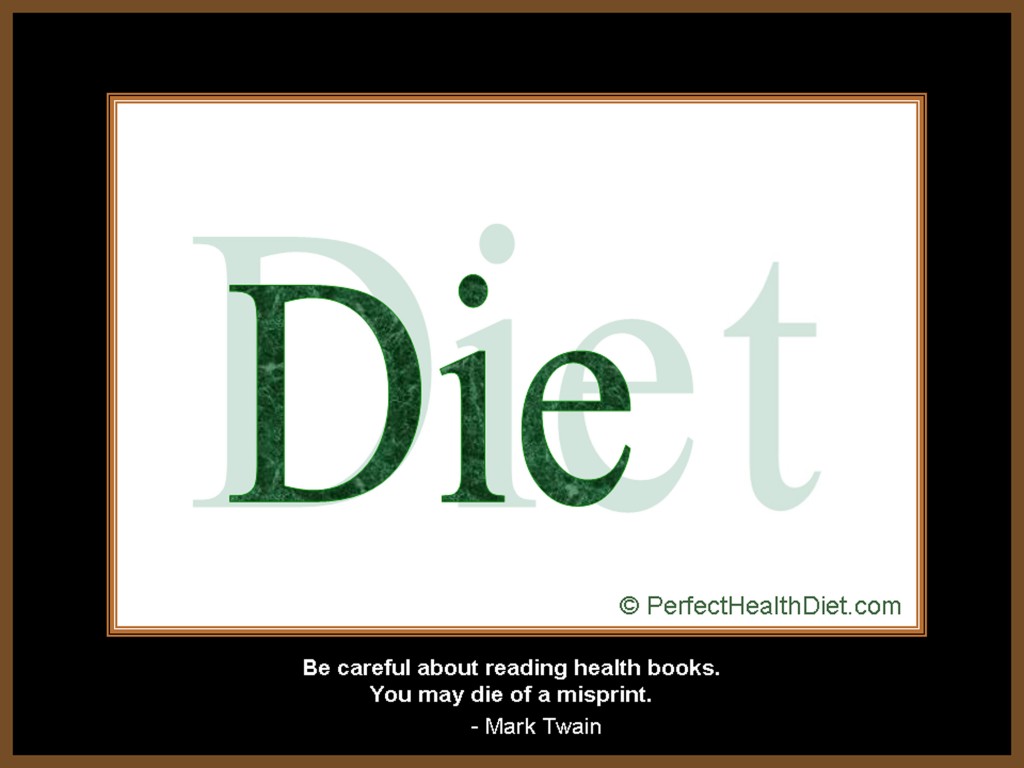

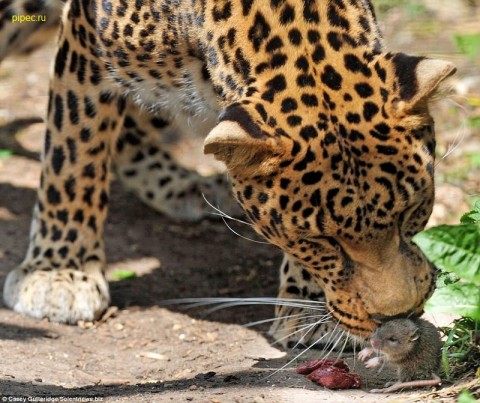
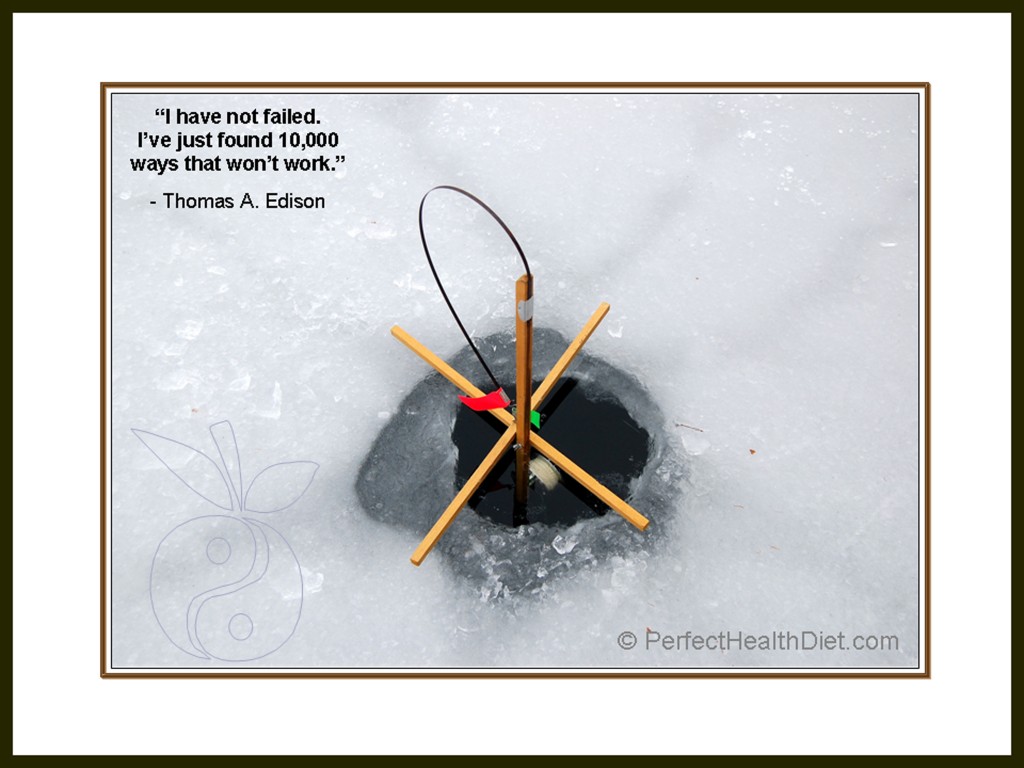
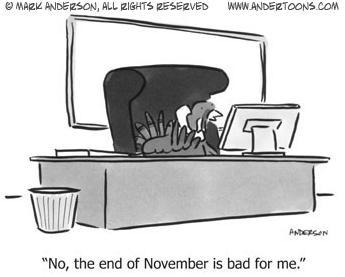


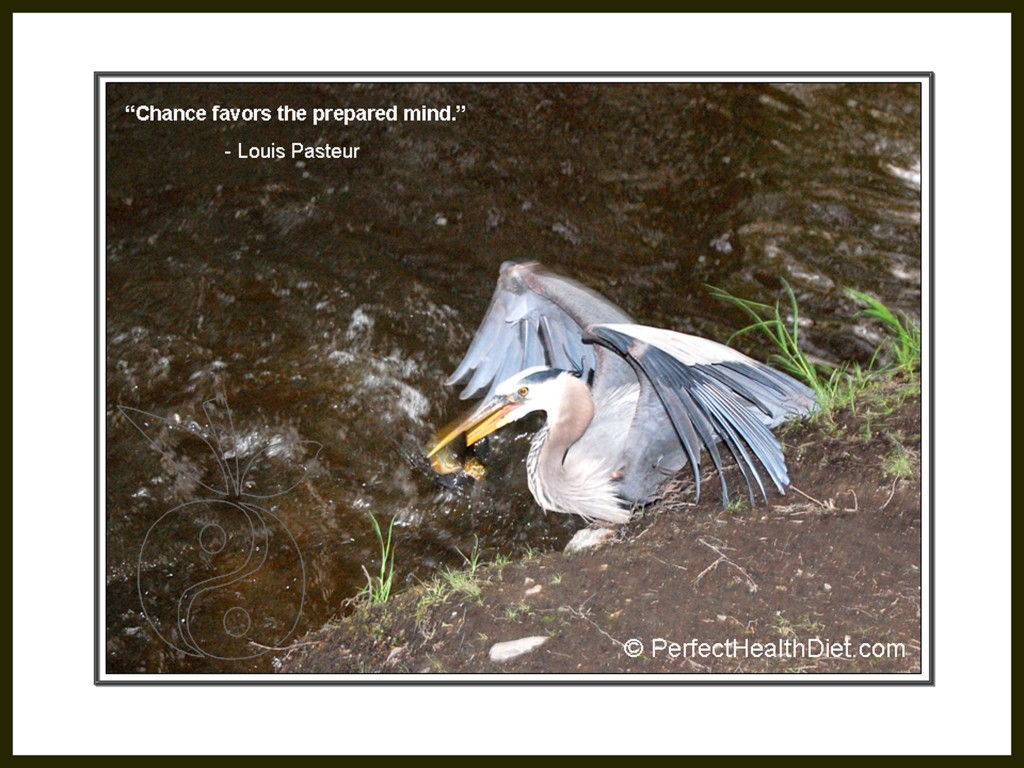




Recent Comments